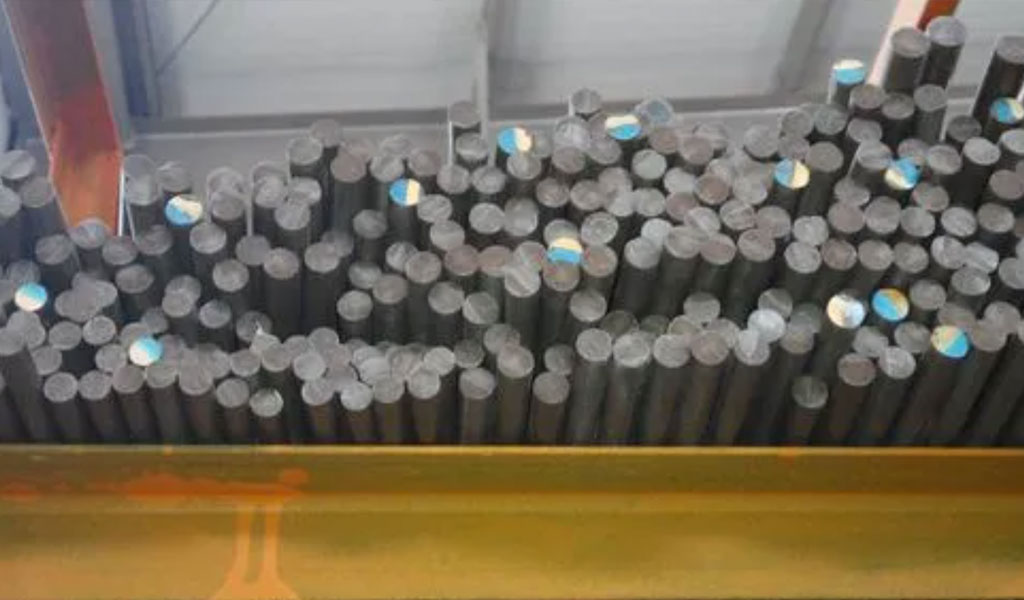
Output = displacement of last thread +/- pressure flow and leakage.
The displacement of the last flight is called positive flow and depends only on screw geometry, screw speed and melt density. It is regulated by the pressure stream, which actually includes the drag effect (indicated by the highest pressure) that reduces the output and any over-occlusal effect in the feed that increases the output. Leaks on threads can be in either direction.
The pressure at the end of the screw is very important.
This pressure reflects the resistance of everything downstream of the screw: screen and contamination crusher plate, adapter duct, stationary agitator (if any), and the mold itself. It depends not only on the geometry of these components but also on the temperature in the system, which in turn affects resin viscosity and throughput speed. It is independent of screw design, except when it affects temperature, viscosity and throughput. For safety reasons, it is important to measure the temperature – if it is too high, the die and die can explode and injure nearby people or machinery.
Performance and application of POM plastic glue raw materials:
Each product will have its own unique performance advantages, that is, different from others. POM plastic material also has its unique properties, the following are its performance characteristics.
- First, POM plastic rubber raw materials are not only wear-resistant, heat-resistant, but also creep-resistant, fatigue-resistant, impact-resistant, etc., and have excellent performance. The most important thing is that the friction coefficient is small and the self-lubricating property is good.
- Second, POM plastic raw material is crystalline plastic, its density is 1.42g/cm3, because it has good rigidity, so we commonly call it “Saigang”
- Third, compared with ordinary plastic materials, POM machining material has a good advantage that it is not easy to absorb moisture. Its water absorption rate is only 0.22-0.25%, and it has good dimensional stability in a humid environment, and its shrinkage rate is 2.1 % (larger), the size is difficult to control during injection molding, the thermal deformation temperature is 172 °C, and there are two types of polyoxymethylene, homopolyoxymethylene and copolyoxymethylene, with different properties (homopolyoxymethylene has better temperature resistance).
